No.4【拆字解字-Learning Hanzi】Chinese Characters containing 羊(群,洋,样,痒,氧,翔,详,祥,羡,盖,善,养,美,着,差,羞 HSK 6)
Description
Today, we continue to learn how to break apart and interpret Hanzi.
There are 17 HSK characters that contain 羊.
1.羊: The character looks like a goat's head when viewed from the front.
2.群: is a phono-semantic compound. The left side represents the pronunciation qun, and the right side indicates meaning. 群 means "flock, group".
3.洋: The left side indicates water, and the right side is the pronunciation yang.
4.样: The left side means wood, and the right side is the pronunciation yang. This character's original meaning is "sample".
5.痒: The outer part is the radical 疒(Nè), meaning illness。
6.氧: The outer part is the radical 气, meaning air or gas.
7.翔: The right side is the radical 羽, meaning feathers or wing. This character means soar, fly.
8.详: The left side is the radical 言, meaning words, speech. 详 means detailed.
9.祥: The left side is the radical "礻" which is commonly known as 示字旁(shìzìpáng). Chinese Characters using the radical 礻 are often related to sacrifices and ceremonies. 祥 means auspicious.
10.羡: The lower part is a rarely used character 㳄(xián) which depicts a drooling man, and it also represents the pronunciation "xian". 羡 means admire, envy.
11.盖 depicts a cover on a pot. The lower part is the radical 皿, which is commonly known as 皿字底(mǐn zì dǐ). Chinese characters with the radical 皿(mǐn) are often related to vessels containing things.
12.善:The original form of this character has a goat on the top and 2 言(words, speech) on the bottom. The original meaning of 善 is "praise again and again".
13.养:The original form of this character includes 羊(goat) ans 食(food). Now, it is simplified as "养", which means "raise".
14.美:In the oracle bone script, it depicts a standing man with ornament on his head. 美 means beautiful.
15.着:"着" evolved from "箸". It now means "catch, receive".
16.差:The lower part of 差 depicts the left hand. The original meaning of 差 is mistake, difference.
17.羞: The original form of 羞 depicts a hand hold a goat, which means "offer". Now it means "shy".
These 17 characters we learned today all include "羊".
In some of characters, 羊 represents pronunciation , such as 洋, 样, 痒, 氧, 翔, 详, 祥, and 养;
in other characters, 羊 means goat, delicious food or sacrifice, such as 群,羡,善,羞;
and in two characters, 羊 represents shape, such as 盖(cover on a pot), 美(ornament).
I hope you will have fun in learning and memorizing Hanzi.


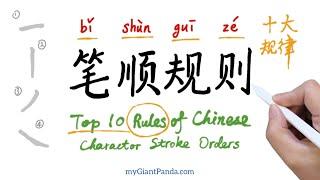



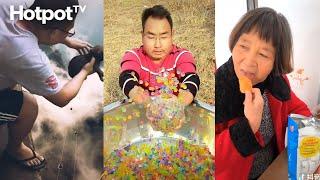
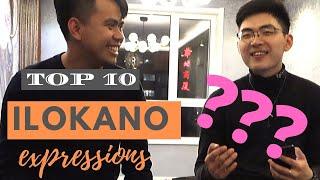


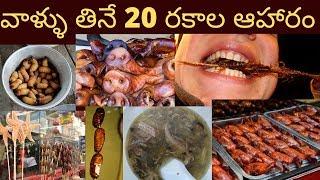

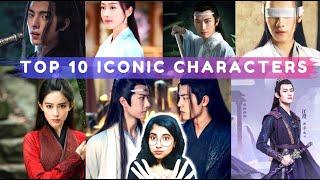








Comments